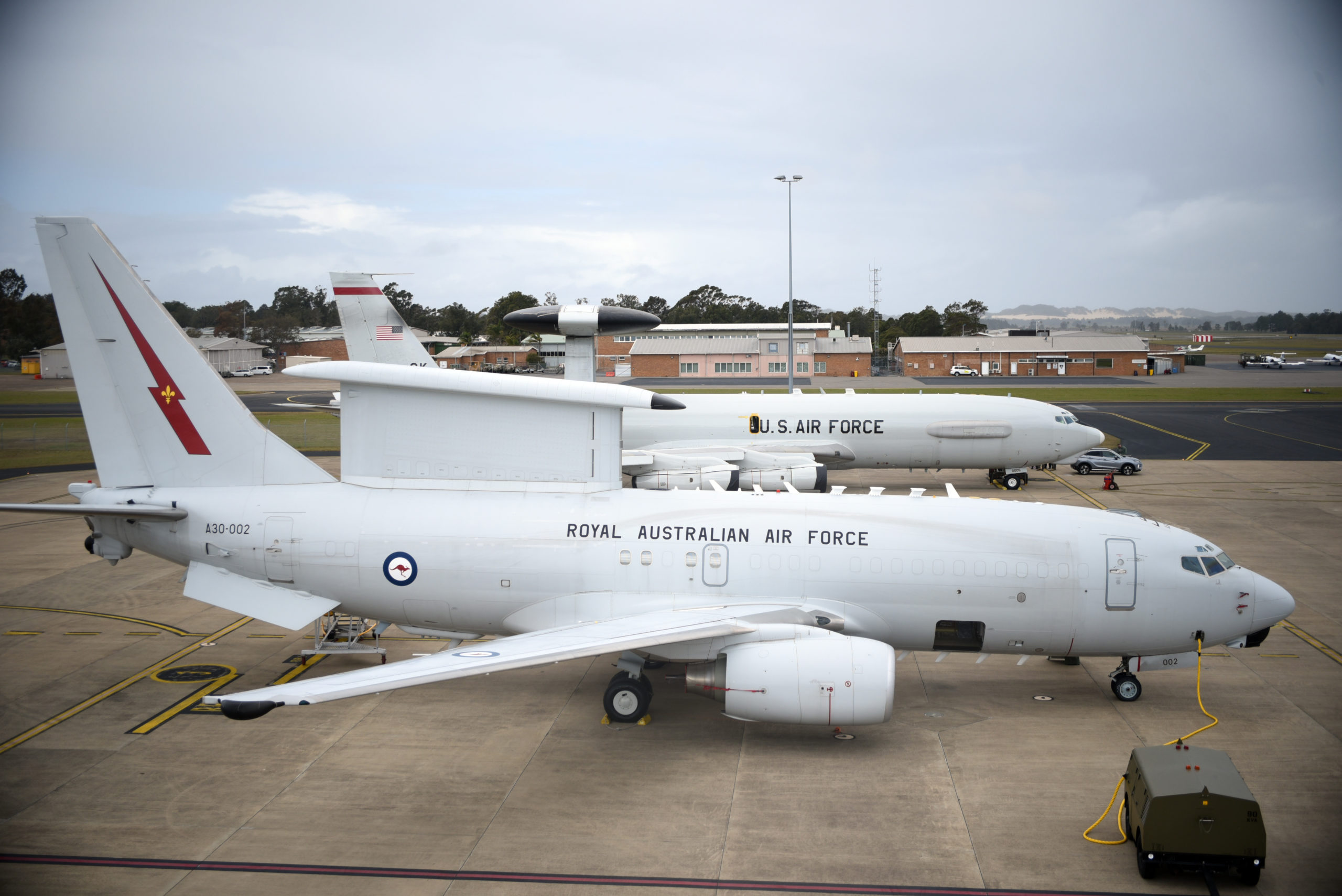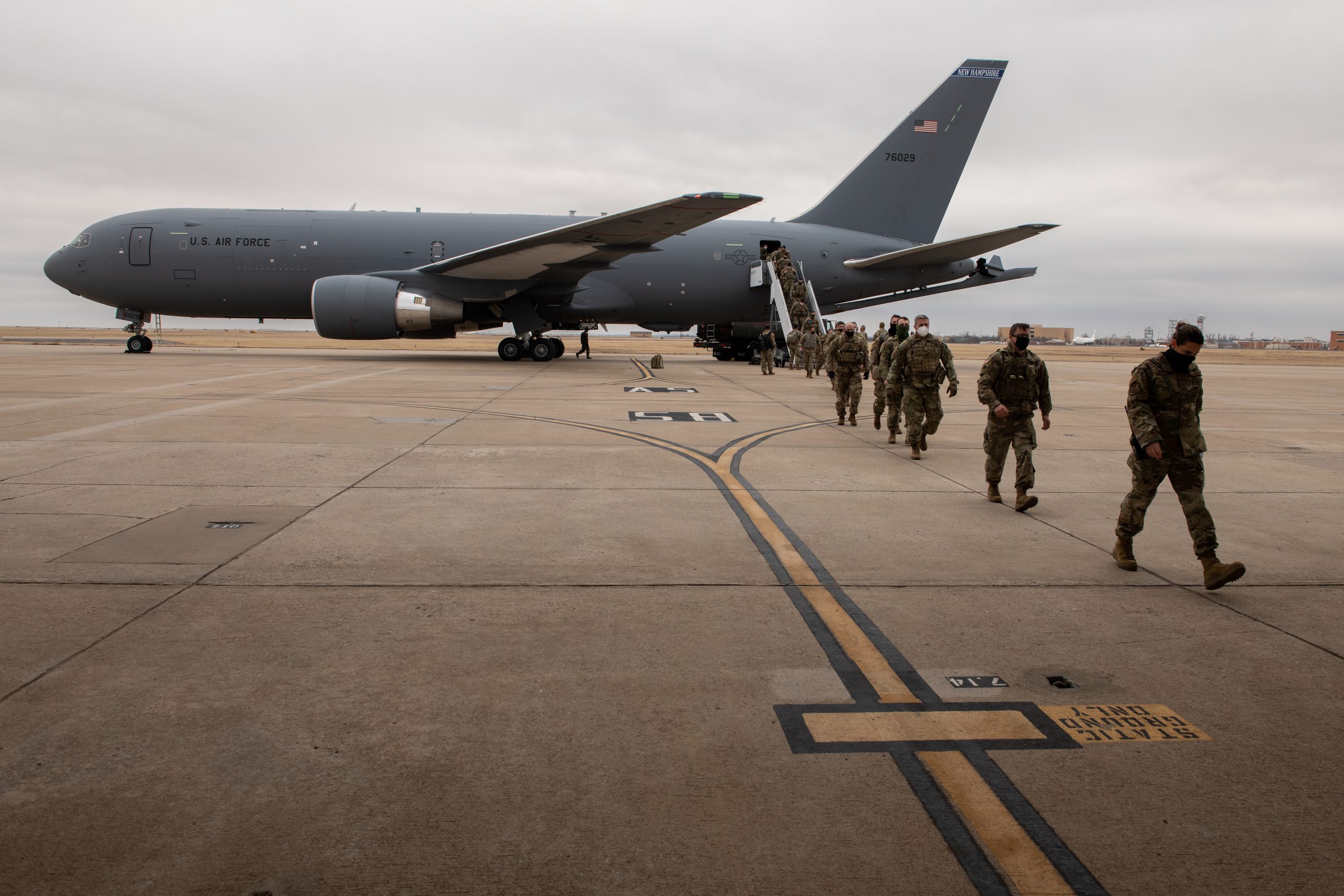First absolutely agree with This would make a lot of Sense for the USAF.
Boeing is about to start production of E7 for our allies in the RAF.
The Royal Air Force will receive a reworked former Chinese carrier's 737 to help accelerate its E-7 Wedgetail program.

www.thedrive.com
That means a warm production line, with 737 NG available for conversion or new production. Degrees of commonality with existing in service aircraft (P8 is based on huge 737-800), C40 Clipper is based of 737-700C
As to tempting other European buyers... not quite sure about that. The UK and France pretty much placed identical orders for the E3 back in the day and both are aging. The UK has placed its order for 5 E7. France on the other hand I has developed a case of Not invented here syndrome. If they were to buy, I expect it to be an Airbus bird with a Erieye radar. Other European countries have now an expanding number of options as business jet builders have begun offering smaller more affordable AEW capabilities that in the past would have limited Airforces to E2, Hawkeye, E3 Sentry or Soviet models.
Italy for example uses the IAI Eitam a GV airframe with conformal Radar arrays also used in other specialized roles by the USN and Australia.
Greece uses the Embraer R99.
Sweden the Saab 340.
right now the bulk of European AEW power is the 15 E3 operated by NATO as joint. Soit could shift or not.
Knowing the USAF, they will probably over complicate the entire project by deciding to fit the same systems that are currently on the E-7 to the 767 instead and end up not having Aircraft to about 2040.
They tried that it was the E10. The main reason this might work is in light of F15EX we have a USAF who seems to be looking at the dynamics differently. Questioning if High refit and low availability is reasonable vs off the shelf systems that offer similar capacity at a short term high investment but long term longer lifespans.
707 based platforms are old today. KC135 dates to the days of Kennedy and Ike. It’s engines are the main issues for the airframe. The last new variants of the series were the E6 and the navy is already looking at options to replace those.
The Navy replaced a fleet of C-130s configured to support nuclear deterrent operations with jet-powered aircraft just over three decades ago.

www.thedrive.com
The USAF is already showing signs that it’s large legacy support aircraft based off now long retired commercial liners are sooner rather than later slated to retire.
E4B
The Air Force says it wants "a very large platform" to replace its existing 747-based E-4B airborne command center aircraft.

www.thedrive.com
KC135
USAF recently downgraded two Category 1 deficiencies on the troubled KC-46 tanker, but the four remaining issues are still years away from being solved.

www.airforcemag.com
The question seem to be based on what is more survivable to the role.
I have heard elsewhere that the USAF have been hanging out for AESA technology to mature further before making the next leap (something about S-band T/R modules of a particular power density or some such). Hearsay at this point I confess but would explain the persistence with Sentry.
When JSTARS recap was canceled the USAF said that they felt it just wasn’t survivable vs a near peer foe. This shouldn’t have been a real shocker. As far back as the beginning of development of the system we know as JSTARS the USAF worked on a stealth version, Tacit Blue under the Battlefield Surveillance Aircraft-Experimental. In the end they put the budget friendly 707 based E8 in to service yet were always working in the black as we know on things like the RQ170, Polecat, Darkstar meant to service the stealth JSTAR role.
If you think about it the same holds true for any commercial airliner or business jet or cargo plane based platform. We have already seen cases where P8 and EP8 have been harassed by fighters around Russia and China. Seen Iran shoot down a Global hawk and as far back as 1969 when a Navy EC 121 was shot down by the DPRK we have known AEW are not untouchable. So part of why in my mind probably has to do with the question of is it worth it?
If it worth the investment of billions of taxpayers dollars for a platform that at best will have limited effect in the front lines?
IMO E3 or E7 if a fight with even a less than peer comes in the future, will have to stand off and be relegated to serving as a flying traffic management system in safe air. Fourth generation fighters, tankers and the like would fall into the same position operating to maintain allied airspace. They can’t go to the front without being destroyed. Fifth generation fighters and VLO platforms would be operating in that contested zone between the enemy stronghold airspace and allied stronghold fighting to establish a foothold and push the other out. In this context AEW and JSTAR in contested air are stealthy drones with datalinks and LPOI radars networking between fighters and bombers.
So is the cost of a totally new AEW platform worth it? Probably not. But off the shelf maintaining of that capability is. So the USAF has to date worked to keep E3 as the Navy worked to Keep E2. Yet with issues of readiness due to age of the E3 airframe it’s getting harder to justify. Buying off the shelf could buy back that capability.








